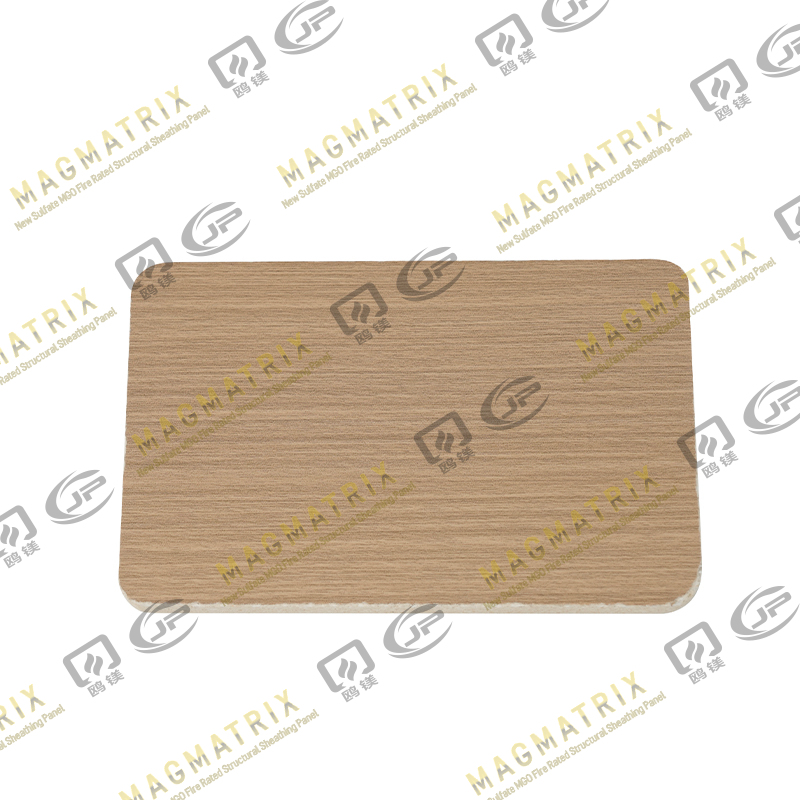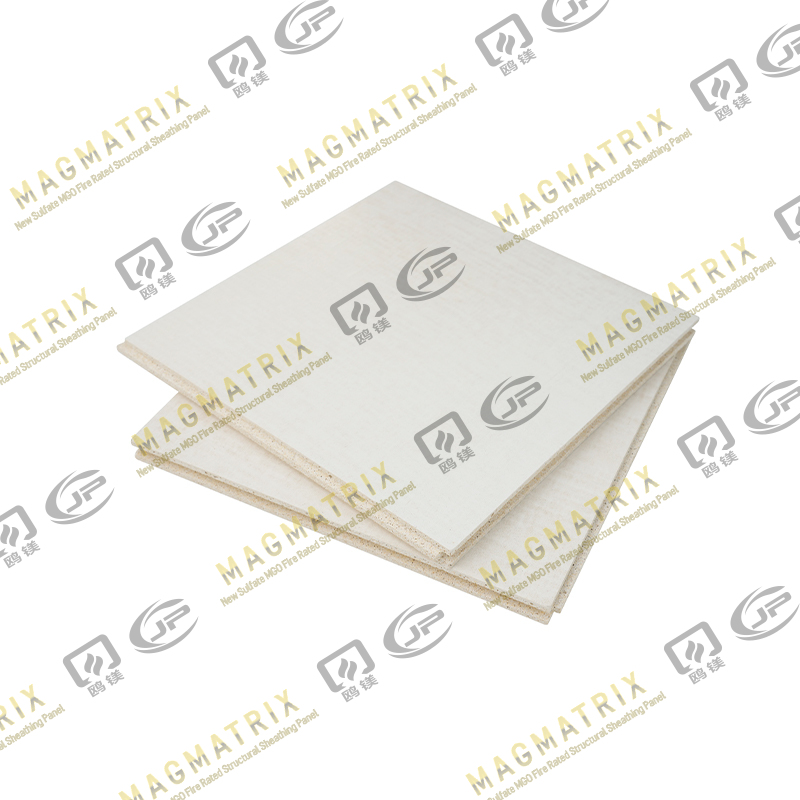When it comes to exterior wall sheathing, the building envelope's durability, resistance, and longevity are paramount. One material gaining serious traction among architects and builders is Magnesium Oxide board—commonly referred to as MgO board. But the question stands: Can MgO board be used for exterior wall sheathing? The answer lies not just in its properties, but in how those properties outperform conventional alternatives.
The Case for MgO Board
MgO board is not just another sheathing option—it’s a category-defining material. Engineered from magnesium oxide, magnesium chloride, and reinforced fibers, this board delivers an uncompromising blend of strength, stability, and resilience. Unlike traditional gypsum or OSB (oriented strand board), MgO is both mold-resistant and fire-retardant by nature, not by chemical treatment.
Weather Resistance That Withstands the Elements
Exterior sheathing must endure extreme shifts in climate—wet seasons, intense UV exposure, and freezing temperatures. MgO board handles these stressors with ease. Its inherent resistance to moisture means it won’t warp, swell, or degrade like wood-based panels. It is dimensionally stable, even under prolonged exposure to water. In fact, it maintains structural integrity without delamination or disintegration, making it an optimal choice for exterior applications.
Fire-Rated by Design
In an era where fire safety regulations are tightening, MgO board’s naturally non-combustible composition is a game-changer. Unlike OSB, which requires additional fireproofing, MgO board carries a high fire-resistance rating, often achieving multiple hours of protection without the use of chemical additives. For commercial, institutional, and residential buildings alike, this translates into higher compliance and lower risk.
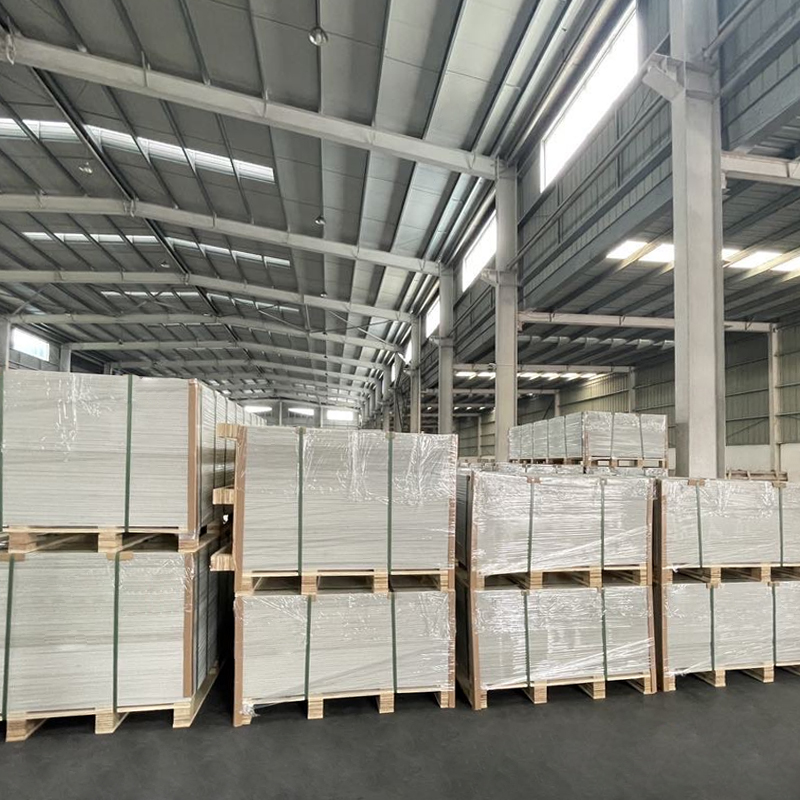
Pest and Mold Immunity
Where traditional sheathing materials often become breeding grounds for mold or fall victim to termite damage, MgO board stands impervious. It does not provide a food source for insects or fungi. This reduces maintenance costs over time and significantly extends the life cycle of the building envelope.
Installation Compatibility
MgO board is easy to work with using standard tools. It can be scored, snapped, or cut with minimal dust emission, unlike cement board which often requires specialized handling. Moreover, it can be fastened using screws or nails, and accepts finishes like stucco, paint, and siding with ease. From an installation standpoint, it integrates seamlessly into both new builds and retrofit projects.
Energy Efficiency Contribution
With its high thermal mass, MgO board can enhance a building's energy performance. It helps moderate indoor temperatures, reducing heating and cooling loads. In a time where sustainability is no longer optional, this material supports energy-conscious construction without compromising durability.
Yes—MgO board can absolutely be used for exterior wall sheathing. More than that, it should be seriously considered in any project where resilience, longevity, and safety are critical. While the upfront material cost may exceed that of traditional sheathing, the long-term savings in repairs, replacements, and energy efficiency make it a smart, future-forward investment.
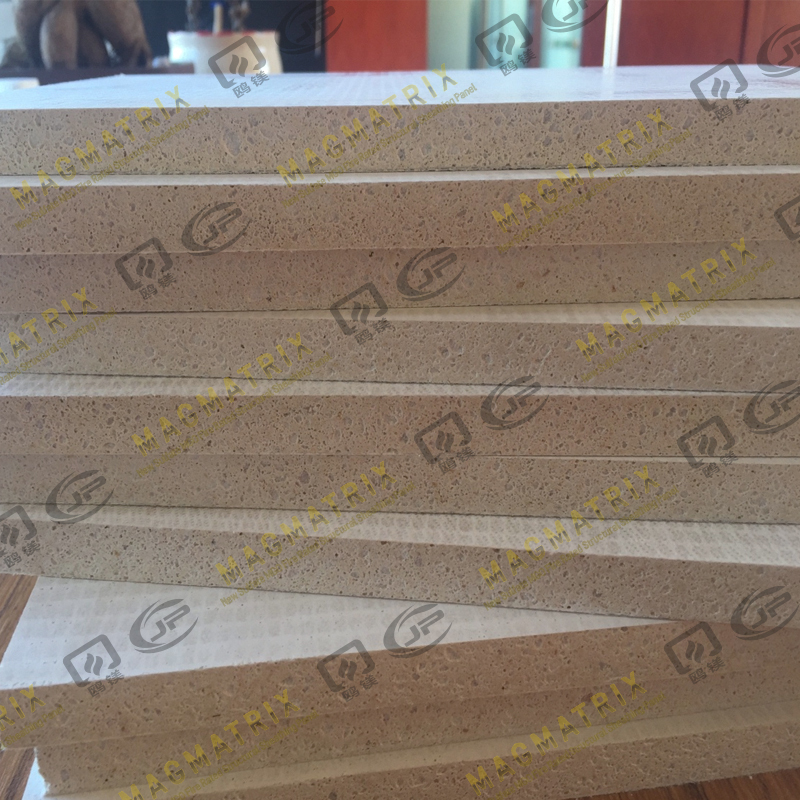 BMSC 517 New Sulfate MgO Board
BMSC 517 New Sulfate MgO Board Multi-Support MgO Wall Sheathing Board
Multi-Support MgO Wall Sheathing Board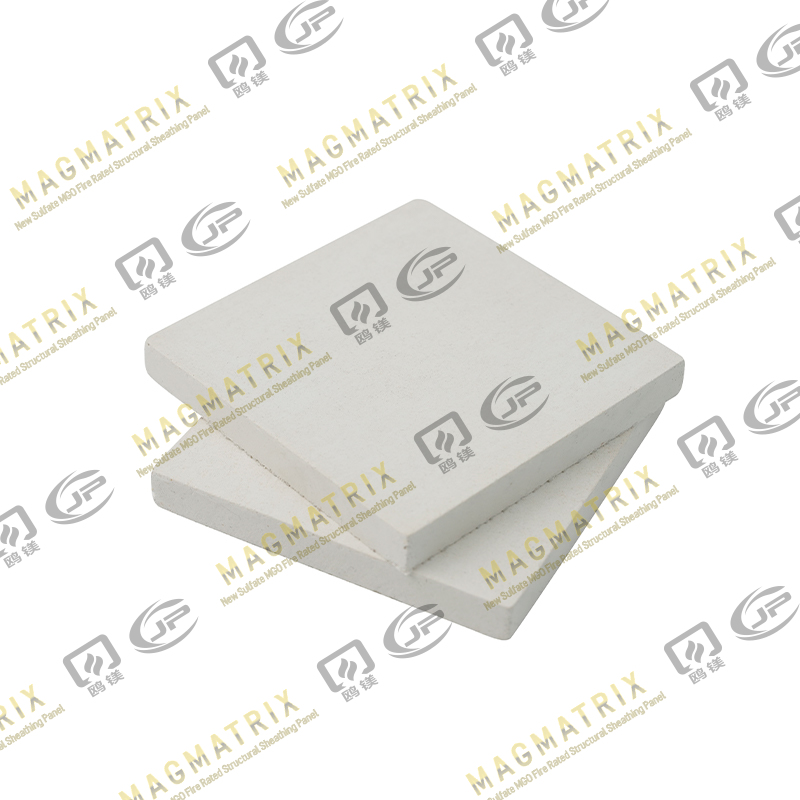 Perseverance MgO Wall Sheathing Board
Perseverance MgO Wall Sheathing Board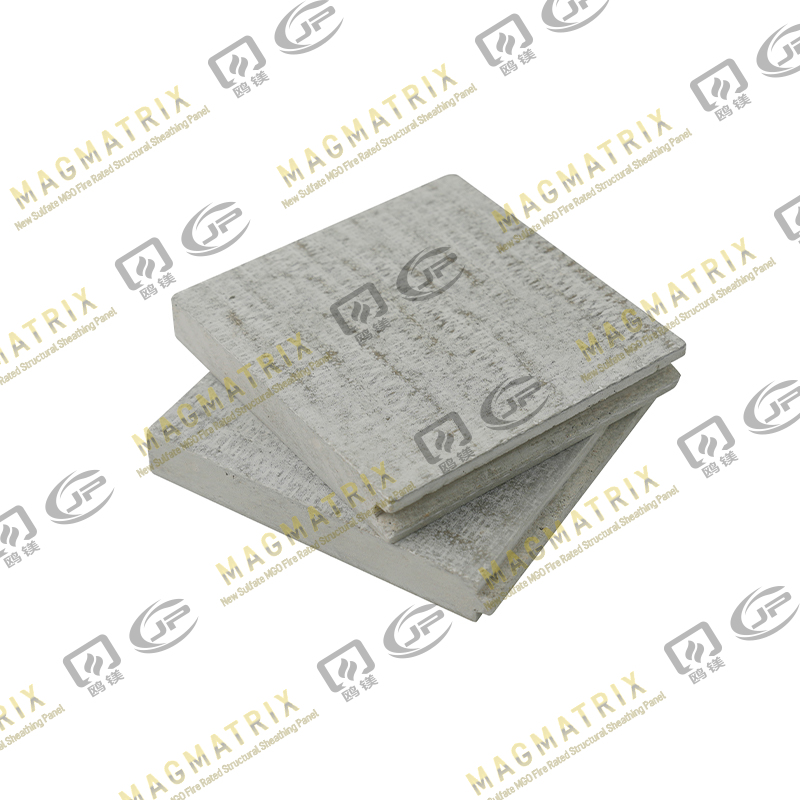 Multi-Support MgO Subfloor Sheathing Board
Multi-Support MgO Subfloor Sheathing Board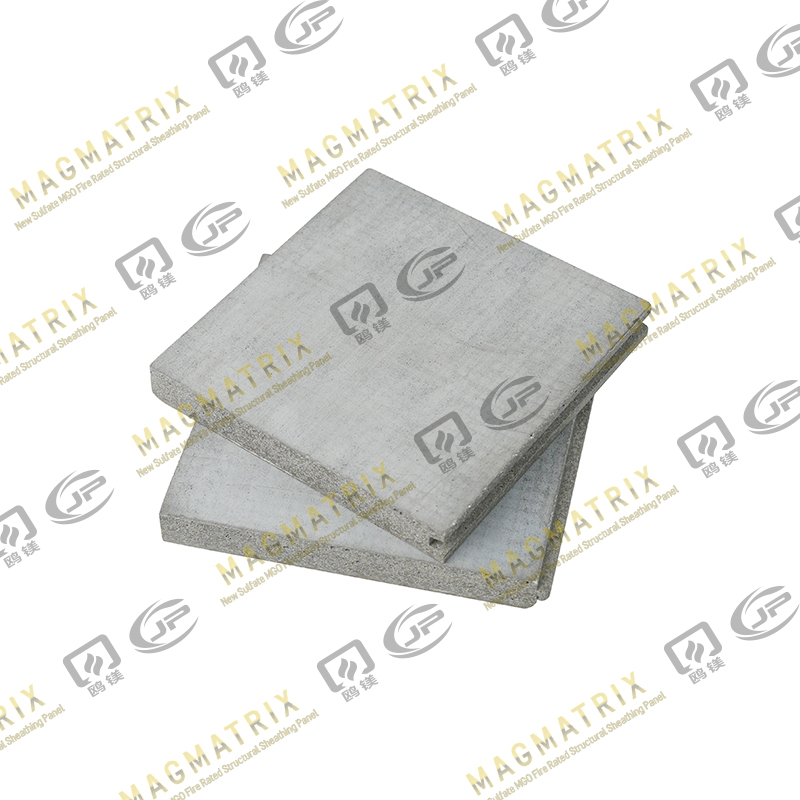 Perseverance MgO Subfloor Sheathing Board
Perseverance MgO Subfloor Sheathing Board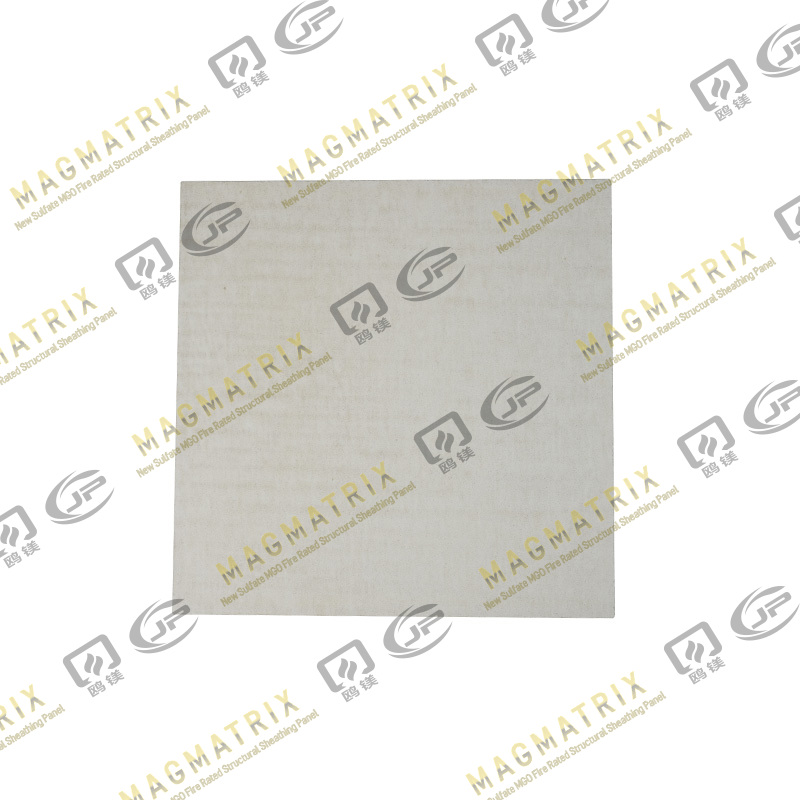 MagMatrix MgO Underlayment Panel/board
MagMatrix MgO Underlayment Panel/board


 English
English русский
русский Español
Español
